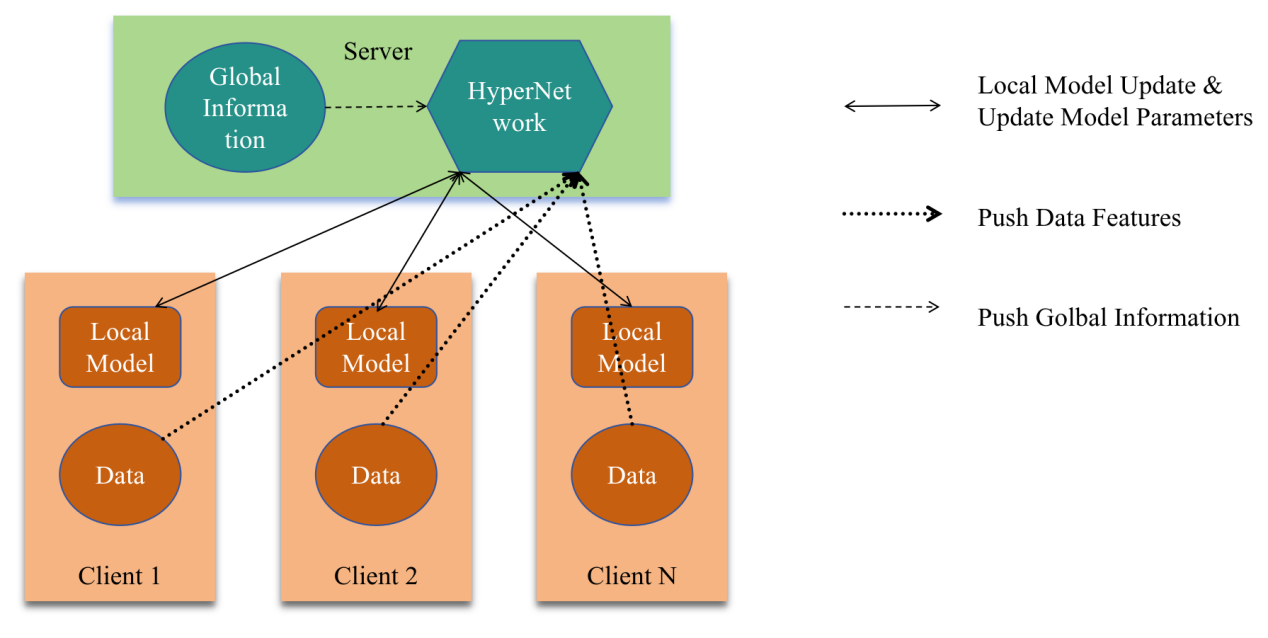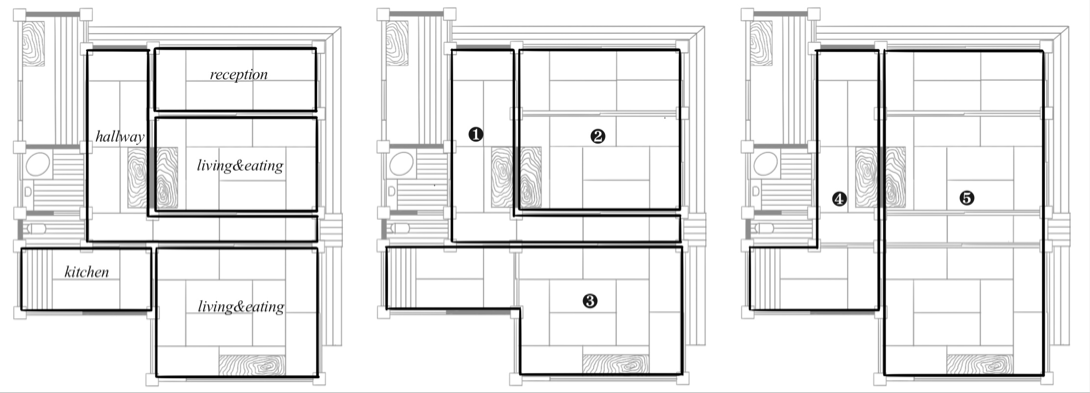

Volume 155
Published on May 2025Volume title: Proceedings of CONF-FMCE 2025 Symposium: Semantic Communication for Media Compression and Transmission

As data privacy becomes more vital and data heterogeneity prevails in image classification, personalized federated learning optimization algorithms have come to the fore as an essential solution. These algorithms enable multiple clients to train personalized models while maintaining the privacy of their data, thus enhancing the performance of image classification. This study is targeted at conducting a thorough comparison among various personalized federated learning optimization algorithms when it comes to image classification. The proposed method follows a comparative study framework, where a global model is initialized and made available to multiple clients. Each client trains a personalized model using specific algorithms that incorporate both local data and the global model. The server then aggregates model updates according to the respective rules until convergence, with accuracy serving as the primary performance metric. Experiments were performed using the Canadian Institute for Advanced Research (CIFAR)-10 dataset, with the outcomes revealing varying test accuracies for algorithms as the number of clients changes. The findings demonstrate that each algorithm handles data heterogeneity and client numbers differently, showcasing their respective strengths and weaknesses in terms of accuracy, overfitting prevention, and adaptability to local data. These insights provide a solid foundation for selecting appropriate algorithms in practical scenarios.

 View pdf
View pdf



Historically, most modern residential buildings were designed as permanent and solid objects. However, many highly developed and populated contemporary cities have revealed emerging needs for more mobile, comfortable, economical, multi-functional, and aesthetic residences. One of the architectural styles contemporary architects can derive inspiration from is Japanese architecture, a unique architectural style well-known for its sophisticated building techniques, material selection, and aesthetics. Due to frequent natural disasters, the high forest cover rate, the limitations on space, and the dense population, most Japanese buildings (residences, temples, and palaces) developed high mobility, intricate functionality, and unique aesthetics. In previous research, very few scholars focused on a comprehensive discussion of one fundamental component of traditional Japanese architecture—the shoji screen—and how this component influences Japanese residences in multifaceted ways including the optical, ventilated, aesthetic and spatial ones. To address this research gap, this paper analyzed the properties of the materials composing the shoji screens and elucidates the reasons why the Japanese appreciate and utilize shoji screens. This paper approves the potential advantages in improving people’s living quality, endorses the applications of shoji screens in small residences, and proposes further refinements on shoji screens on materials.

 View pdf
View pdf




